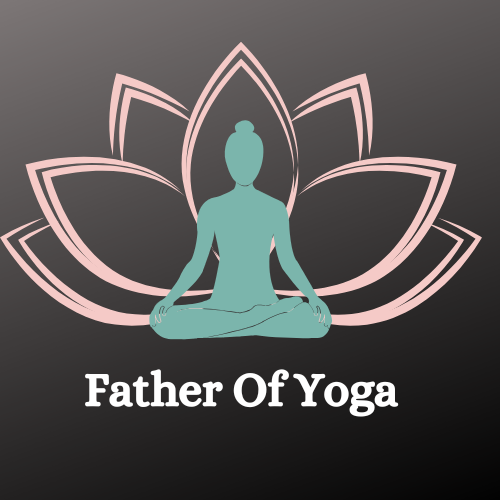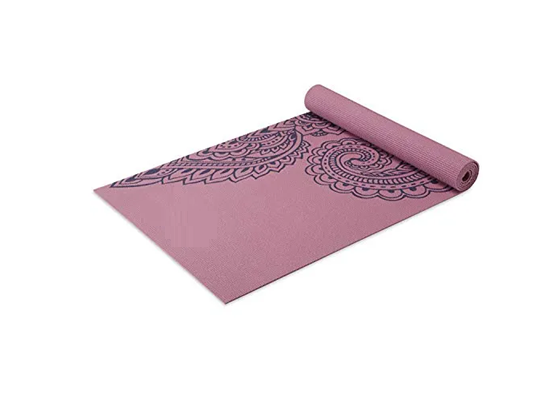Yoga is a practice that nurtures both body and mind, and having the right equipment can make all the difference. Among the essentials, a yoga mat is key, and thick yoga mats—typically 6mm or more in thickness—are gaining popularity for their enhanced comfort and support. Whether you’re a beginner or a seasoned yogi, here’s an informative guide on why thick yoga mats might be the perfect choice for your practice.
Why Choose a Thick Yoga Mat?
Thick yoga mats offer unique advantages that cater to a variety of needs, making them a great option for many practitioners. Here are the main benefits:
1. Enhanced Comfort and Cushioning
Thick yoga mats provide extra padding, which is ideal for anyone who experiences discomfort during floor-based poses. Poses like Child’s Pose, Kneeling Crescent Moon, or Savasana can feel more comfortable with the added cushioning. This is especially beneficial for:
-
Beginners: Those new to yoga may find thick mats easier on their joints as they learn proper alignment.
-
People with Joint Sensitivity: If you have knee, wrist, or hip sensitivity, the extra thickness helps reduce pressure on these areas.
-
Restorative Yoga: Styles that involve longer holds, like Yin or restorative yoga, benefit from the added comfort.
2. Improved Support for Joints and Bones
The added thickness of these mats offers better shock absorption, which can protect your joints during dynamic movements or when holding poses for extended periods. For example:
-
Poses like Low Plank or Downward Dog put stress on wrists and elbows. A thicker mat can help distribute your weight more evenly.
-
For older practitioners or those with conditions like arthritis, thick mats provide a softer surface to practice on.
3. Better Stability for Balance Poses
Thick yoga mats often provide a stable base, which is crucial for balance-focused poses like Tree Pose or Warrior III. The extra grip and surface area help you feel grounded, reducing the risk of slipping. Many thick mats are designed with textured surfaces to enhance traction, even during sweaty sessions.
4. Versatility for Different Surfaces
If you practice yoga outdoors or on hard floors, thick mats act as a barrier against uneven or rough surfaces. They’re great for:
-
Outdoor yoga sessions in parks or on beaches.
-
Home practice on hardwood or tile floors, where a thinner mat might not provide enough cushioning.
Considerations When Choosing a Thick Yoga Mat
While thick yoga mats have many benefits, there are a few factors to keep in mind to ensure you pick the right one:
1. Weight and Portability
Thick mats tend to be heavier than standard 3-4mm mats, which can make them less convenient to carry to and from classes. If you travel frequently or attend studio sessions, look for lightweight materials like TPE (thermoplastic elastomer) that still offer thickness without the bulk.
2. Balance vs. Cushioning
While thick mats are great for comfort, they can sometimes feel too soft for standing poses, potentially affecting balance. Test the mat’s firmness to ensure it provides both cushioning and stability. Mats in the 6-8mm range often strike a good balance.
3. Material and Durability
Thick yoga mats come in various materials, each with its own pros and cons:
-
PVC: Affordable and durable but not eco-friendly.
-
TPE: Lightweight and eco-friendly but may wear out faster.
-
Natural Rubber: Sustainable and grippy but heavier and pricier.
-
Cork: Antimicrobial and eco-friendly but can be less cushioned. Choose a material that aligns with your values, budget, and practice needs.
4. Maintenance and Cleaning
Thicker mats may absorb more sweat, so opt for one with a non-porous surface or antimicrobial properties to make cleaning easier. Regular maintenance, like wiping down with a mild cleaner, will keep your mat fresh and long-lasting.
Who Should Use a Thick Yoga Mat?
Thick yoga mats are ideal for:
-
Beginners learning poses and needing extra support.
-
Practitioners focusing on restorative or gentle yoga styles.
-
Anyone with joint pain or sensitivity.
-
Yogis practicing on hard or uneven surfaces.
However, if you practice hot yoga or prefer a firmer surface for advanced balance poses, a thinner mat (3-5mm) might be a better fit, as thick mats can sometimes feel too soft or slippery when wet.
Tips for Choosing the Best Thick Yoga Mat
-
Test the Thickness: Mats range from 6mm to over 10mm. Try a few to find what feels right for your body.
-
Check the Grip: Look for textured or non-slip surfaces, especially if you sweat a lot.
-
Consider Size: Ensure the mat is long and wide enough for your body to move comfortably.
-
Read Reviews: Look for feedback from other yogis to gauge durability and performance.
-
Eco-Friendly Options: If sustainability matters to you, prioritize natural rubber or TPE mats over PVC.
Final Thoughts
Thick yoga mats are a fantastic choice for anyone seeking extra comfort, joint support, and stability during their practice. By choosing the right material, thickness, and size, you can enhance your yoga experience and make every session more enjoyable. Whether you’re flowing through a Vinyasa sequence or sinking into a restorative pose, a thick yoga mat can provide the foundation you need to practice with confidence and ease.

